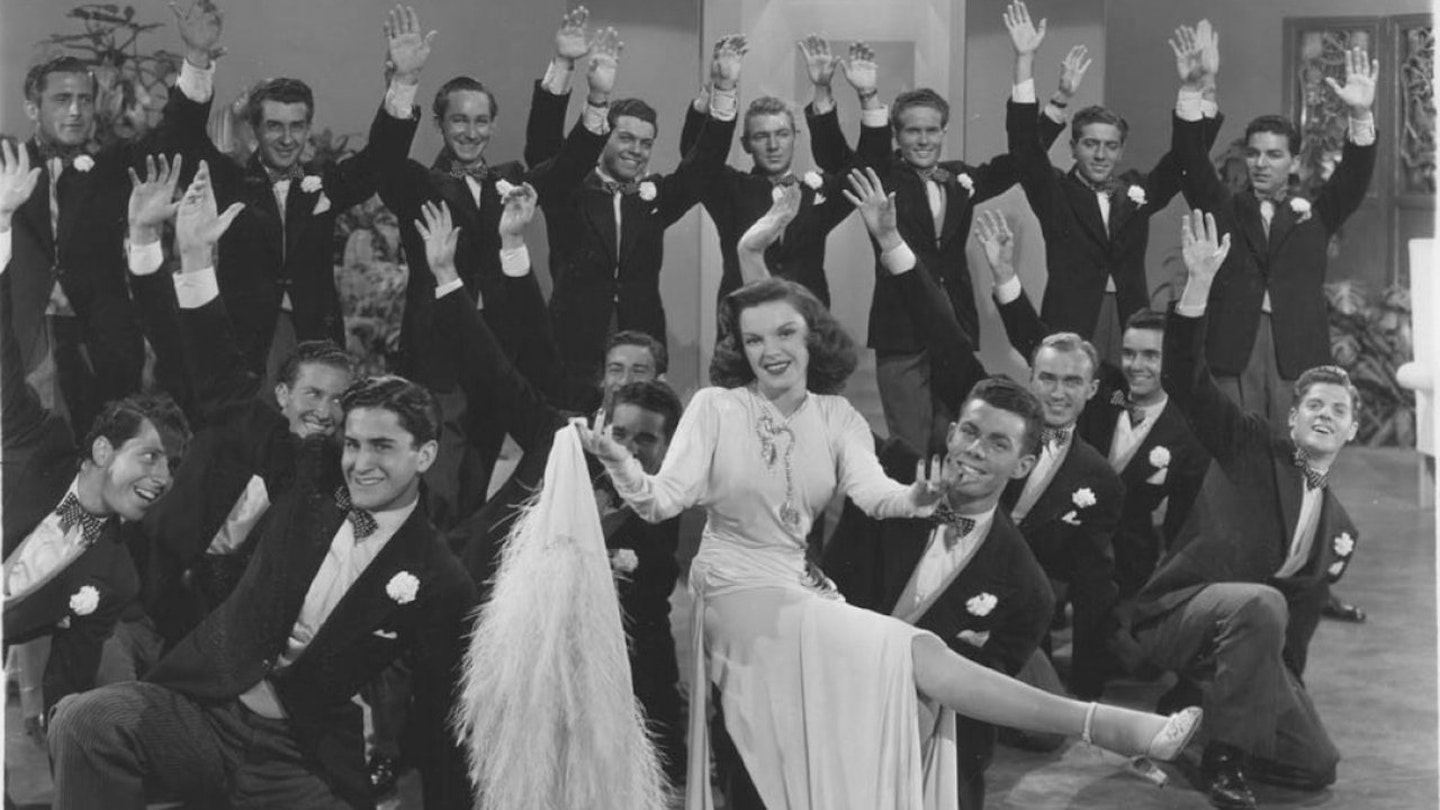Originally conceived to mark MGM's 20th anniversary, this musical extravaganza was confounded by its own ambitions and a surprising lack of leadership from the usually meticulous producer, Arthur Freed. Having spent $100,000 on acquiring the title of Florenz Ziegfeld's legendary Broadway spectaculars from his widow, Billie Burke, Louis B. Mayer gave Freed a $3 million budget and licence to create the most dazzling all-star revue ever assembled.
George Sidney was initially commissioned to direct, but it soon became clear that the project was spiralling out of control. Several sequences were aborted and many more were discarded following disastrous preview screenings. Among the casualties were sketches involving Katharine Hepburn and Jimmy Durante and two numbers reuniting Mickey Rooney and Judy Garland.
Vincente Minnelli was brought in for Garland's own number and he ended up supervising the remainder of the shoot, with the help of Norman Taurog. Garland herself was a replacement for Greer Garson, whose husband, Richard Ney, claimed that the Madame Crematon' routine was beneath her dignity. The Lone Ranger's horse, Silver, was similarly humiliated when Life magazine ran an article headlined, Silver is a sissy!’ when he was decked in braids, bows and an pink ostrich feather for Lucille Ball's `Bring on the Beautiful Girls' spot.
Indeed, only Fred Astaire really emerged from this misfire with much credit. The comedy skits, featuring the likes of Fanny Brice and Red Skelton, were deemed dated at the time and audiences had so little time for James Melton's tenor that his accompaniment to Esther Williams's aquatic ballet was removed.
Much has been made of Fred's teaming with Gene Kelly on `The Babbitt and the Bromide', which he had first performed with his sister Adele in Funny Face in 1927. But while it's hardly either's best work, it's still an invaluable record of cinema's two finest hoofers jousting their contrasting styles.
Astaire's duets with Lucille Bremer on This Heart of Mine' and the sublime Limehouse Blues' were far superior. But a third pairing was abandoned when the bubble machine used for Kathryn Grayson's climactic `There's Beauty Everywhere' filled the soundstage with noxious fumes.
